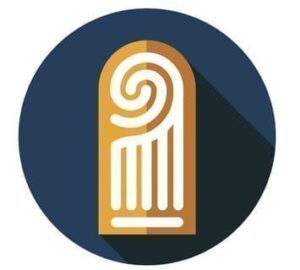Neurotechnology has once again demonstrated its commitment to ongoing R&D to advance its biometric technologies, this time through the National Institute of Standards and Technology (NIST) Evaluation of Latent Friction Ridge Technology (ELFT).

The evaluation used two main metrics: FPIR@FNIR (False Positive Identification Rate at a given False Negative Identification Rate) and FNIR@Rank (False Negative Identification Rate at a given Rank). The tests were conducted on a gallery of 1.6 million identity records, including real-case samples from various law enforcement agencies.
Neurotechnology’s algorithm demonstrated significant progress compared to its previous NIST submissions, achieving up to three times the accuracy. Notably, it performed exceptionally well with the Michigan State Police – Distal dataset, ranking second most accurate among all submissions with a FNIR at FPIR of 0.01.
In the FBI-Provided Solved Dataset #1, Neurotechnology’s system showed strong performance. It correctly identified the first-ranked candidate in 92.05 percent of searches. When configured for a search error probability of 1 in 100 (FPIR 0.01), the system successfully identified latent prints in 84.3 out of 100 possible searches (FNIR 0.157) without manual intervention.
“We are pleased with the advancements in our latent fingerprint technology, which has achieved up to a threefold improvement in the NIST ELFT evaluation,” said Evaldas Borcovas, the company’s Biometrics Research Team Lead. “Congratulations to my colleagues working on this algorithm; we look forward to continuously improving our results.”
Earlier this summer, the company proved to be a top performer in the 1:N track of NIST’s Face Recognition Technology Evaluation (FRTE). Neurotechnology attained a rank-one identification rate of 98.9 percent in the program’s mugshot dataset, among other achievements.
Antonello Mincone, Neurotechnology’s Business Development Director, recently spoke with FindBiometrics about some of the nuances around NIST testing – among other topics – on the ID Talk podcast.
–
August 28, 2024 – by Alex Perala and Cass Kennedy








Follow Us